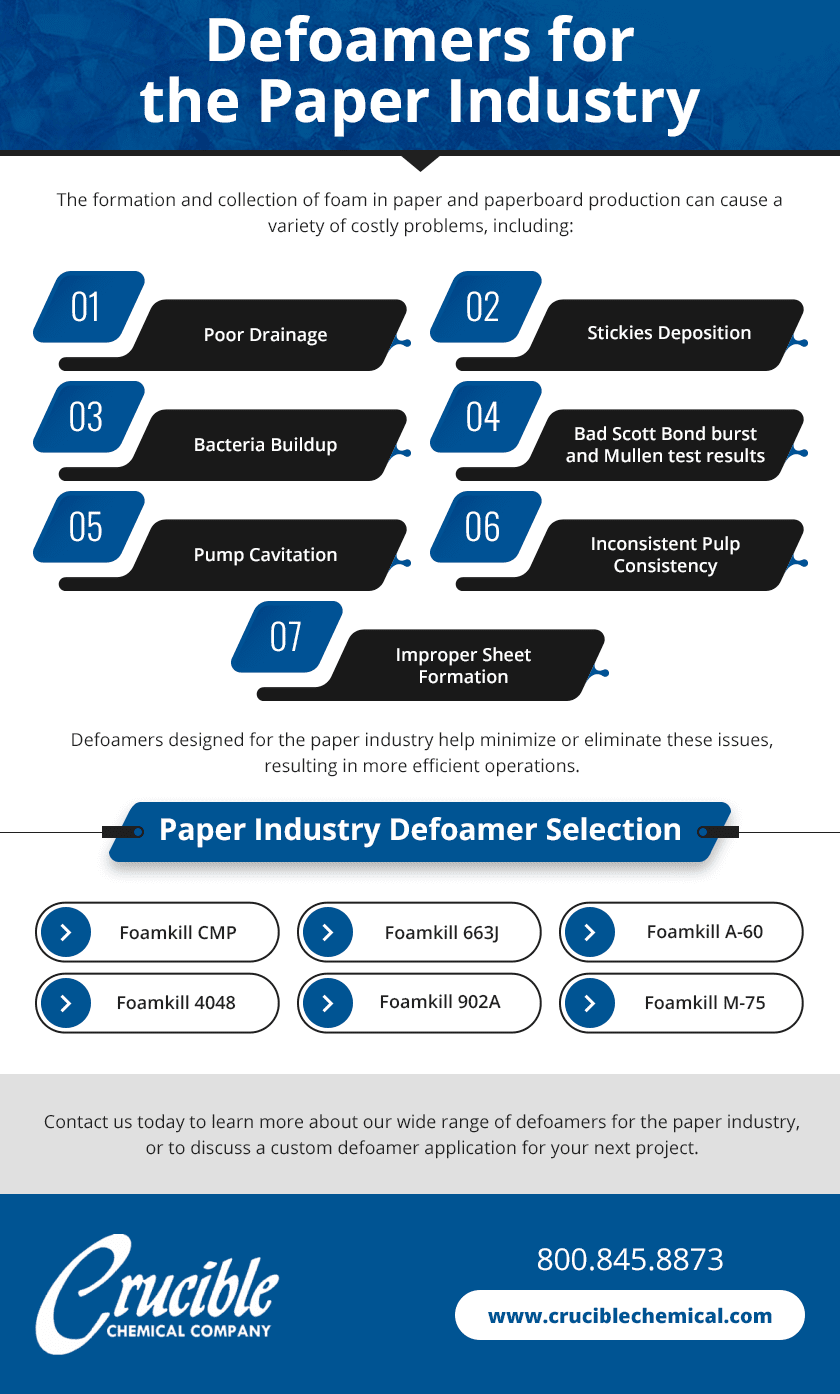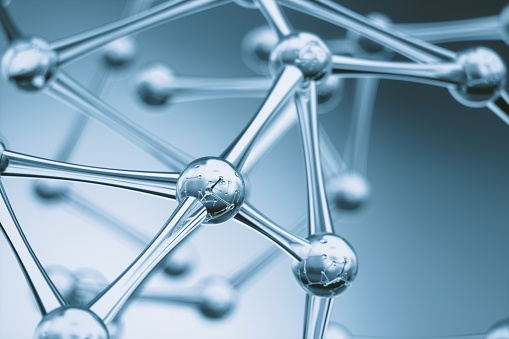The Role of Defoamers in the Chemical and Food Processing Industries
The Role of Defoamers in the Chemical and Food Processing Industries
Blog Article
Selecting the Right Defoamer for Your Details Application Needs
Picking the suitable defoamer for specific application requirements is a nuanced procedure that demands cautious factor to consider of multiple factors, such as the foam medium, type, and operating conditions. Understanding the subtleties of defoamer performance-- including rate and perseverance-- while likewise accounting for regulatory and ecological aspects is crucial.
Comprehending Foam Development
Foam development takes place when gas is entraped within a fluid, developing a steady framework of bubbles. This phenomenon can considerably affect numerous industrial processes, particularly in sectors such as food production, pharmaceuticals, and wastewater therapy. The presence of foam can hinder mixing, reduce item high quality, and even cause functional inefficiencies.
Foam normally creates because of a mix of variables, including surface-active agents, agitation, and the qualities of the liquid phase. Surfactants lower the surface tension of the fluid, assisting in the development of bubbles that can coalesce and stabilize. Agitation, whether from mechanical stirring or gas introduction, improves bubble formation, causing boosted foam quantity.
Recognizing the mechanics of foam development is critical for markets aiming to optimize their procedures. By recognizing the certain conditions that promote foam generation, companies can implement strategies to reduce its impacts. This understanding prepares for selecting ideal defoaming representatives that successfully target the distinct challenges postured by foam in different applications. A detailed understanding of foam development is necessary for enhancing effectiveness and maintaining item integrity across different sectors.
Sorts Of Defoamers Available
Various kinds of defoamers are readily available to address the difficulties presented by foam in industrial applications. defoamers. Generally classified, defoamers fall under three groups: silicone-based, non-silicone-based, and all-natural defoamers
Silicone-based defoamers are renowned for their performance and stability across a vast range of temperature levels and pH degrees. They are normally used in applications where strong foam reductions is needed, such as in coverings, paints, and adhesives. Their low surface stress enables for fast foam collapse.
Non-silicone-based defoamers, usually made from natural compounds, supply an alternative for applications sensitive to silicone residues. These defoamers can be further split into polyether and ester types, each customized to satisfy particular formula requirements. Non-silicone defoamers are frequently utilized in food processing and individual treatment items as a result of their compatibility with numerous solutions.
All-natural defoamers, originated from plant or pet resources, are obtaining traction because of their green profile. These items are especially appealing in applications where regulative compliance and sustainability are critical, such as in agrochemicals and biotechnology.
Picking the appropriate kind of defoamer is important for enhancing efficiency and making certain compatibility with particular applications.
Secret Application Factors To Consider
When selecting a defoamer, it is vital to take into consideration the specific application requirements to guarantee ideal efficiency. defoamers. Various industries have distinctive requirements, such as food handling, drugs, or wastewater therapy, and each application might call for one-of-a-kind defoaming residential or commercial properties
Key elements to evaluate consist of the tool in which the defoamer will be made use of, whether it is water-based, oil-based, or a mix thereof. The temperature level and pH degrees of the application can also significantly influence the performance of a defoamer. Furthermore, compatibility with other chemicals existing in the system is critical to protect against negative reactions that can compromise performance.
An additional essential factor to consider is the lathering behavior of the certain system. Comprehending whether the foam creates swiftly or slowly can guide the choice of a defoamer that targets the origin cause effectively. In addition, the desired rate of defoaming can influence the option, as some applications require fast activity while others may tolerate slower defoaming procedures.
Last but not least, ecological and regulatory factors to consider view website ought to not be forgotten, particularly in markets with strict conformity demands. Picking a defoamer that straightens with these elements ensures both effectiveness and security in the application.

Efficiency Screening Methods
Reviewing the efficiency of a defoamer needs a systematic method to testing that accurately determines its efficiency in particular applications. Various performance screening approaches can be used to establish the ideal defoamer for a provided solution.
One usual method is the bubble examination, which evaluates the defoamer's capacity to reduce foam quantity over time. This test involves creating a stable foam and after that adding the defoamer to observe the price of foam collapse.

Eventually, choosing the proper efficiency screening approach depends upon the certain application and the kind of foam being addressed. Each method uses useful information that can lead formula changes and boost the performance of the defoamer in sensible applications.
Best Practices for Selection


Following, think about the defoamer's performance in terms of rate of activity and determination. A quick-acting defoamer might be necessary for processes where rapid foam suppression is important, while a more persistent formulation might be needed for prolonged foam control. Furthermore, review the ecological influence of the defoamer, including its biodegradability and any type of regulative conformity needs.
Conduct tests with chosen defoamers to determine their effectiveness in real-world problems. By adhering to these finest methods, you can enhance foam control performance and make sure the longevity of your procedures.
Conclusion
In summary, picking the suitable defoamer requires a thorough analysis of various aspects, including foam kind, tool, operating conditions, and environmental factors to consider. Comprehending the one-of-a-kind characteristics of foam development and the offered defoamer alternatives is essential.
Selecting the suitable defoamer for specific application demands is a nuanced process that demands cautious consideration of numerous factors, such as the foam operating, tool, and kind problems.Picking the appropriate defoamer is critical for attaining optimum efficiency in foam control applications. A quick-acting defoamer might be needed for procedures where rapid foam reductions is essential, while an extra relentless formulation might be required for long term foam control.In summary, choosing the suitable defoamer demands a detailed examination of numerous elements, including more foam type, tool, operating problems, and environmental factors to consider. Comprehending the distinct features of foam development and the available defoamer choices is crucial.
Report this page